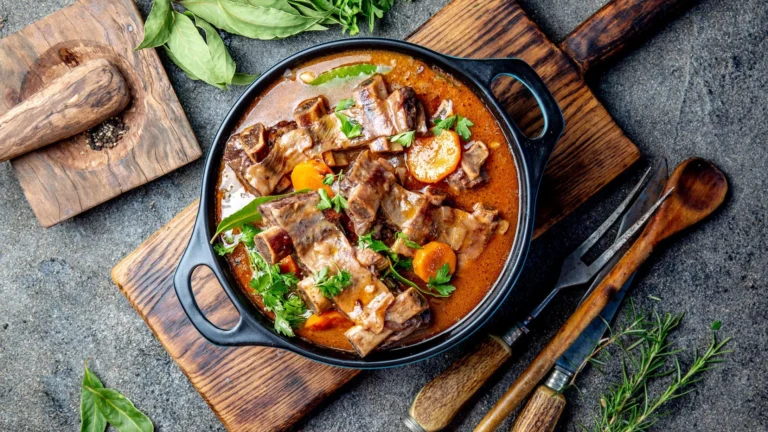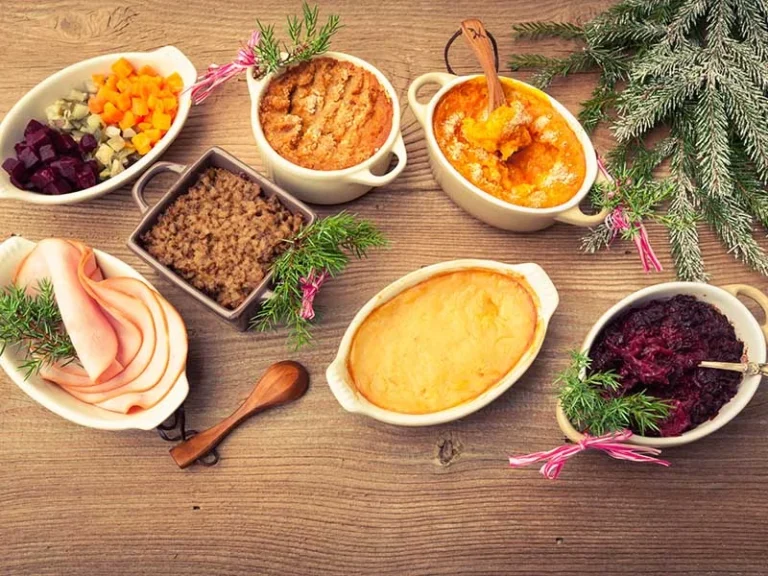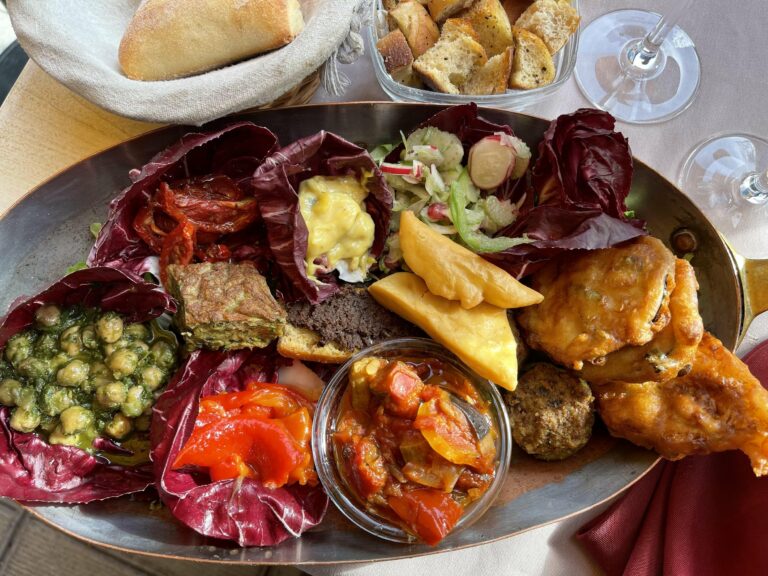Introduction: The Richness of French Cheese Culture
France has a rich cheese culture that dates back centuries. Cheese is an integral part of French cuisine and is consumed at every meal, from breakfast to dinner. The French are proud of their cheese heritage, and the variety, quality, and complexity of their cheeses are unsurpassed. There are over 1,000 different types of French cheeses, each with its unique texture, flavor, and aroma. French cheeses are exported worldwide and are considered among the best in the world.
The Variety of French Cheeses: From Soft to Hard
French cheeses are classified by their texture, milk type, and production method. They can be soft, hard, or semi-hard, made from cow’s, goat’s, or sheep’s milk or a combination of these. Soft cheeses are creamy and spreadable, while hard cheeses are dense and crumbly. The texture of a cheese affects its flavor, and the longer a cheese is aged, the sharper and more complex its flavor becomes. French cheeses are also categorized by their production method, which includes raw milk cheeses, pasteurized milk cheeses, and cheeses made with thermized milk.
From Cow’s Milk to Goat’s Milk: A Diverse Range of Flavors
French cheeses are known for their unique flavors and aromas. The taste of a cheese is influenced by several factors, including the type of milk used, the production method, and the aging process. Cow’s milk cheeses are the most common in France, and they have a mild, creamy flavor. Goat’s milk cheeses are tangy and earthy, while sheep’s milk cheeses are rich and buttery. Some cheeses are made with a combination of these milks, resulting in a complex and nuanced flavor profile.
Some Notable French Cheeses: Roquefort, Brie, Camembert
Roquefort is a blue cheese made from sheep’s milk and aged in limestone caves. It has a sharp, tangy flavor and a crumbly texture. Brie is a soft, creamy cheese made from cow’s milk. It has a mild, buttery flavor and a bloomy rind. Camembert is a soft, creamy cheese made from cow’s milk. It has a mushroomy flavor and a white, velvety rind. These three cheeses are among the most well-known French cheeses and are widely consumed around the world.
Unique French Cheeses: Munster, Cantal, Reblochon, and More
In addition to the famous cheeses, there are many unique French cheeses that are not as well-known but just as delicious. Munster is a semi-soft cheese made from cow’s milk. It has a pungent aroma and a strong, earthy flavor. Cantal is a hard cheese made from cow’s milk. It has a nutty, buttery flavor and a dense, crumbly texture. Reblochon is a soft cheese made from cow’s milk. It has a creamy texture and a mild, nutty flavor. Other unique French cheeses include Tomme de Savoie, Fourme d’Ambert, and Sainte-Maure de Touraine.
Conclusion: The Endless Discoveries of French Cheese
French cheese is a vast and diverse world that is impossible to cover in one article. The variety, quality, and complexity of French cheeses are unmatched, and there is always something new to discover. Whether you are a cheese connoisseur or a casual cheese lover, there is a French cheese out there for you. So, the next time you are shopping for cheese, be sure to explore the world of French cheese and indulge in its rich flavors and aromas.










